(NewsNation) — BMC Ecology and Evolution, an open-access, peer-reviewed journal on ecological and evolutionary biology, announced the winning images for its annual photography competition on Friday.
Researchers from around the world submitted their best images to the journal, those images capturing the wonders of Earth and nature. The images have also been used to understand nature and share a glimpse into “long lost worlds,” the publication said.
The collection of images contains photos from researchers who submitted them into one of four categories: “Research in Action,” “Protecting our planet,” “Plants and Fungi” and “Paleoecology.”
The Senior Editorial Board members voted on images, choosing an overall winner as well as the best image and runner-up in each category.
Overall Winner
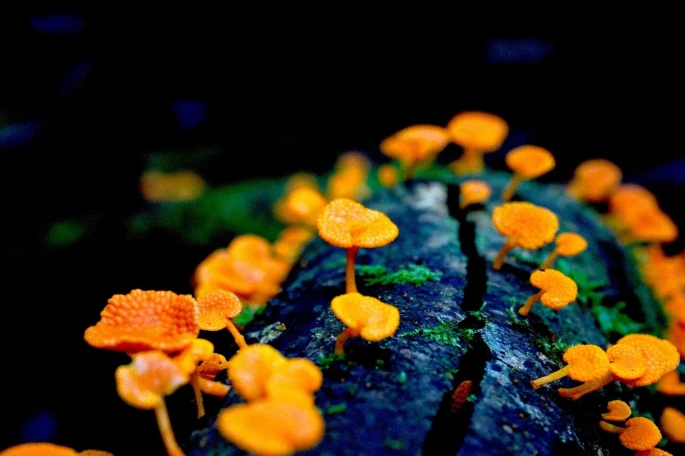
The image, taken by Cornelia Sattler, depicts the “fruiting bodies of the invasive orange pore fungus,” the report said. The fungi pose unknown effects on the ecosystem.
“Despite its innocent and beautiful appearance, the orange pore fungus is an invasive species in Australia,” Sattler said.
‘Research in Action’: Best
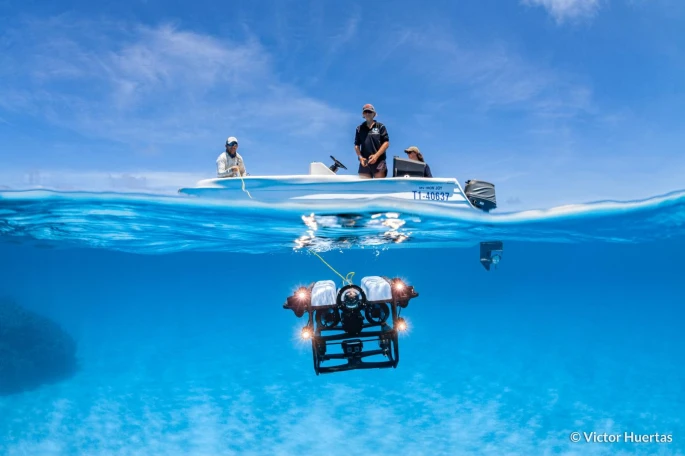
Victor Huertas, the photographer who captured this image, is a postdoctoral research associate from the Hoey Reef Ecology Lab at James Cook University in Australia, the report said. The image captures researchers deploying an underwater ROV to explore Diamond Reef within the Coral Sea Marine Park.
“This photograph captures the essence of ecological study. It showcases sharp imaging and good storytelling as we see humans acting at the interface of the atmosphere and the hydrosphere,” Senior Editorial Board member Luke Jacobus said.
‘Research in Action’: Runner-up
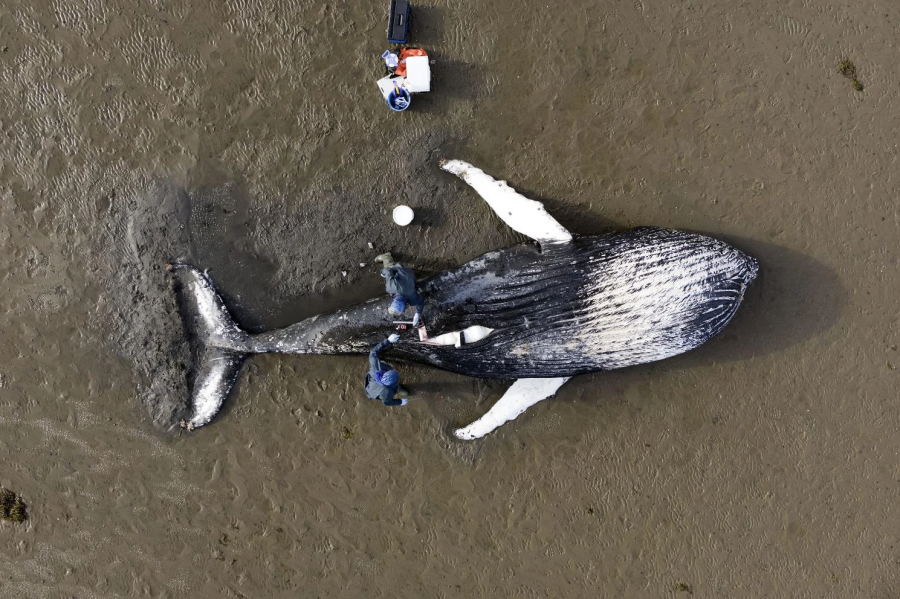
The “Research in action” runner-up was taken by James Bunyan from Tracks Ecology, but was submitted by Paul Thompson, a professor from the University of Aberdeen in the U.K. The image shows researchers performing an autopsy on a deceased humpback whale.
‘Protecting our Planet’: Best
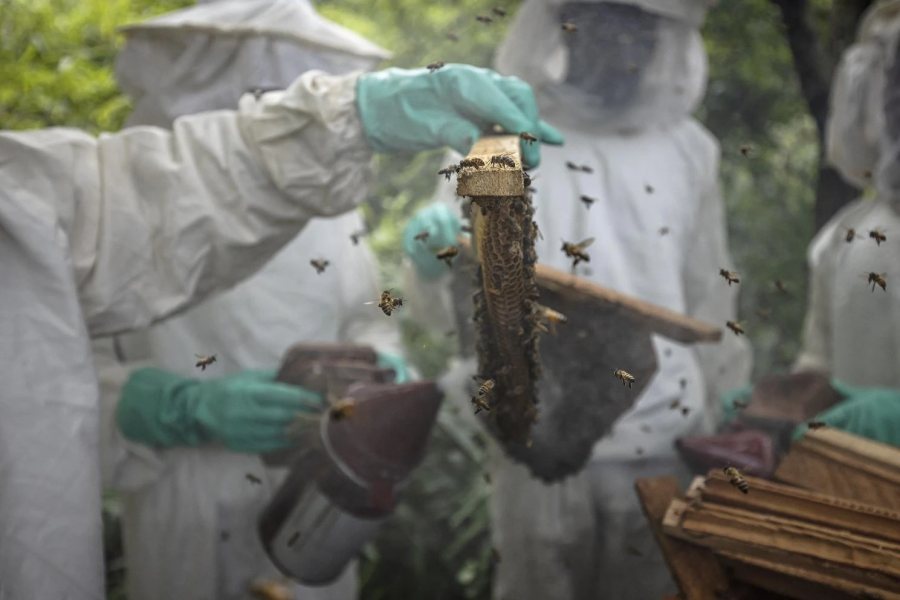
Evolutionary biologist and conservation photographer affiliated Roberto García-Roa captured the efforts of a research group in Guinea to protect nature, cultivating their own honey, the report said. A portion of the funds earned by selling this honey goes toward the conservation of chimpanzees.
‘Protecting our Planet’: Runner-up
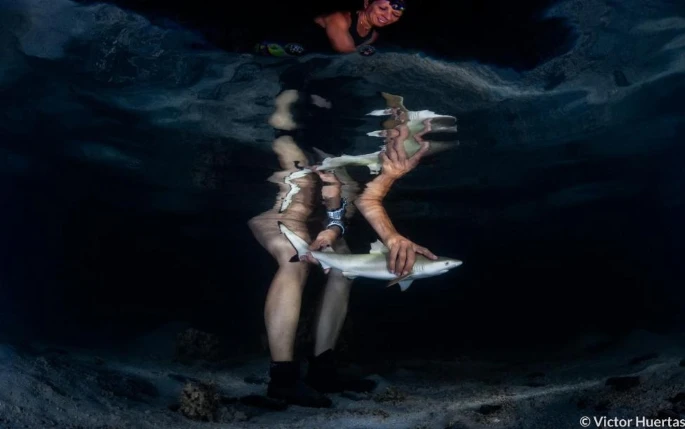
In this image captured by Victor Huertas, a researcher is releasing a newborn blacktip reef shark into the ocean. The team behind this photo investigates the impacts of climate change on the physiology of newborn sharks, the report said.
‘Plants and Fungi’: Best

João Araújo’s winning image captures a fungus parasitizing the fruiting body of a zombie-ant fungus, the report said.
“The forests these fungi inhabit are also shared with mycoparasitic fungal lineages that can parasitize, consume and even castrate Ophiocordyceps. Only recently scientists have started to catalog and describe these still-unknown fungi that can kill other fungi,” Araújo said.
‘Plants and Fungi’: Runner-up
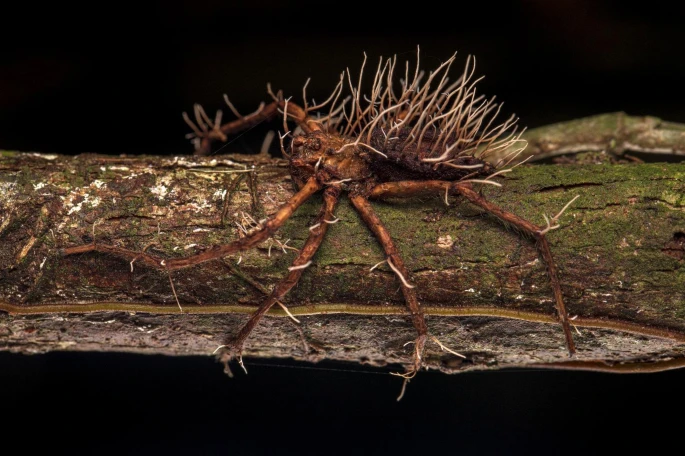
García-Roa also submitted a photo of a parasitic fungus overcoming a spider for the “Plants and fungi” category, where he won runner-up.
“While it is not uncommon to encounter insects parasitized by ‘zombie’ fungi in the wild, it is a rarity to witness large spiders succumbing to these fungal conquerors,” he said.
‘Paleoecology’: Best
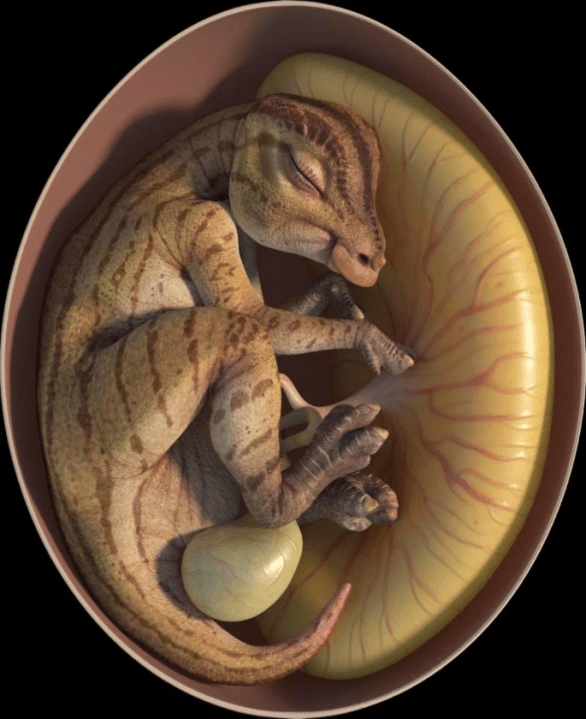
Submitted by Jordan Mallon, the winning image of the “Paleoecology” category showcases a peek inside a hadrosaur egg. A team of researchers was able to describe “a pair of hadrosauroid dinosaur eggs and embryos from China’s Upper Cretaceous red beds, dating back approximately 72 to 66 million years ago.”
‘Paleoecology’: Runner-up

Dr. Jasmina Wiemann submitted a photo that captured a microscopic image of an “extracted diplodocid dinosaur blood vessel surrounded by a preserved extracellular matrix containing remnants of cells that are approximately 150 million years old,” the report said.






